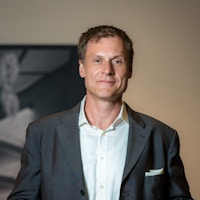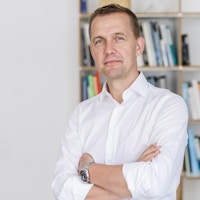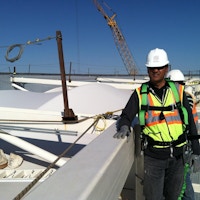Skin & Bones: Integrative Solutions to Envelope and Structure
- Session at Facade Tectonics Forum: CTBUH 2015 New York
Enclosure structures aren’t what they used to be. The pursuit of transparency in the building skin, combined with the rapid escalation of geometric complexity in building form, has fueled the development of new structure and cladding strategies and digital processes that extend from concept design through design development, procurement, and into fabrication. The “skin and bones” architecture of Mies has morphed along several trajectories. While some building designers sculpt a formal envelope and rely on the structural engineer to define its support by whatever means necessary (often resulting in a conflagration of skewed beam and column elements ultimately hidden from view), others have focused on a high level design and process integration of structure and cladding systems that has produced some of the most interesting and unique work of our time. What are the materials and processes that enable this building form? What role are digital processes playing in the implementation of these structures? What are the practical issues and concerns for those interested in exploring these technologies? And finally, what are the latest applications, and to where does the future trajectory of these applications point?
Greg Otto, principal and west coast regional director of Walter P Moore in Los Angeles, will lead this discussion on emergent materials, technologies and processes, and explore their recent applications. Participants include Thorsten Helbig, partner at Knippers Helbig, Sanjeev Tankha, principal at Walter P Moore, and Mic Patterson, vice president at the Advanced Technology Studio of Enclos.



